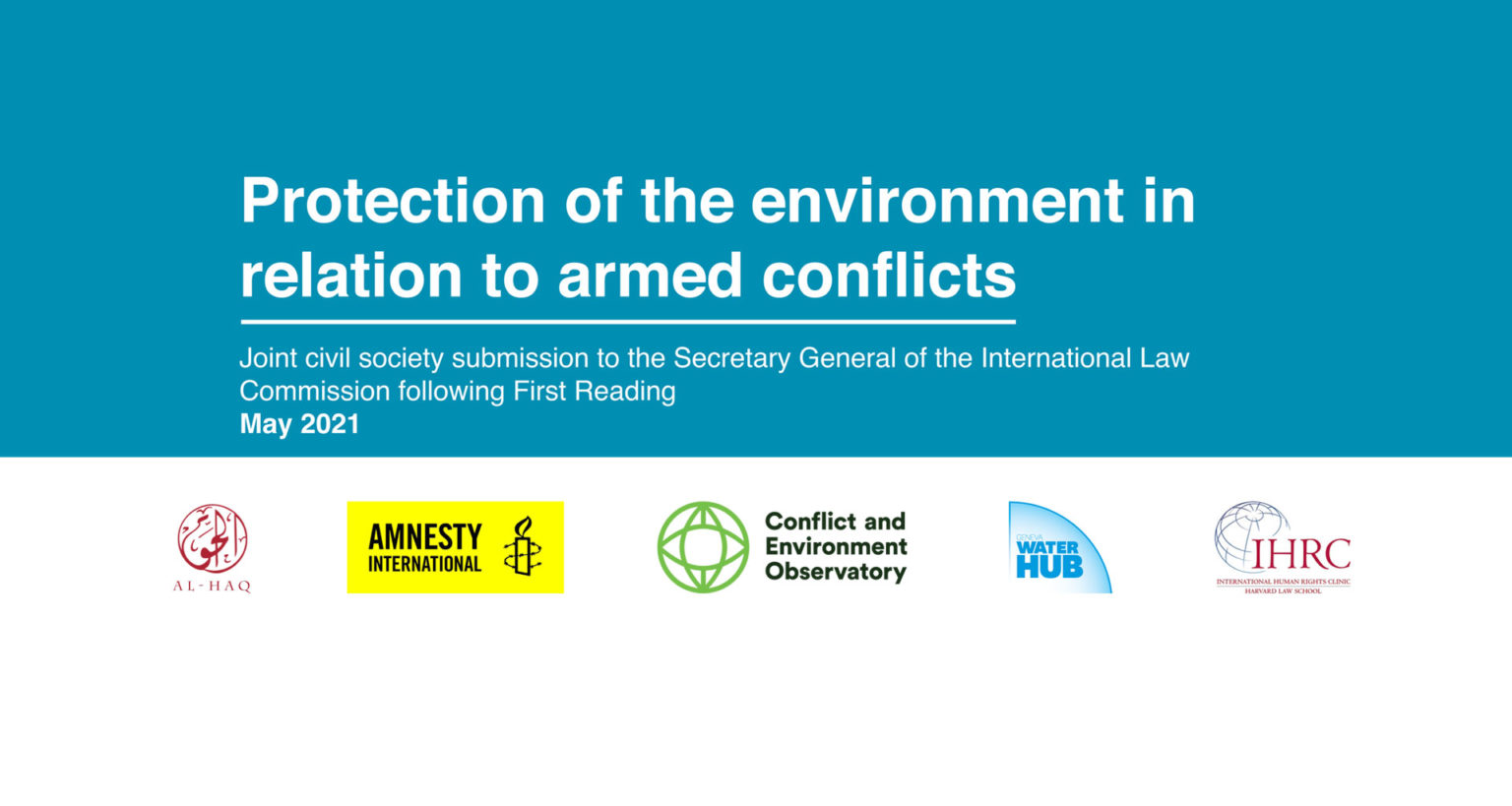Tell NATO: Commit to Credible Climate Action
Conflict and Environment Observatory
NATO has pledged to cut its carbon emissions but is refusing to share how it will count them. Call on NATO to make its methodology public. Require member states to reduce military emissions consistent with the Paris Agreement!
(September 7, 2022) — In June, NATO announced plans for the organisation to reduce its greenhouse gas (GHG) emissions and to work towards Net Zero by 2050.
NATO’s GHG emissions will be tracked and monitored using an unpublished methodology, developed by NATO.
According to NATO Secretary General Jen Stoltenberg: “It sets out what to count and how to count it, and it will be made available to all Allies to help them reduce their own military emissions.”
But since this methodology is not publicly available we have no way of knowing what they will measure, or how they plan to achieve Net Zero.
According to the Intergovernmental Panel on Climate Change (IPCC), we need deep and immediate cuts in emissions across all sectors to limit warming to 1.5°C. We don’t have time for empty promises.
Join Us in Telling NATO: Count Them, Cut Them!
Count Them
• NATO: Make your GHG emissions tracking methodology public so that independent experts can assess its credibility.
• NATO Members: Commit to counting emissions using the GHG Protocol and independent verification, and reporting them in a way that is robust, comparable and transparent.
Cut Them
• NATO as an institution is not the main source of NATO’s emissions. The vast majority come from the militaries of NATO’s members and June 2022’s announcement did not cover their emissions.
• NATO members: Commit to verifiable military GHG emission reduction targets that are consistent with the 1.5oC target in the Paris Agreement.
If your organisation supports this call, please sign up using the form below. Together we can ensure that NATO and its members get the message before COP27 in November.

Too ofter, the impact of military GHG emissions are ignored.
Why Does This Matter?
Countries are still excused from comprehensively reporting their military emissions to the UNFCCC. As a result, the sector is lagging behind. Some militaries are starting to set Net Zero targets, like the US Army and the UK RAF, but without accessible data and with no means to track their progress, these targets risk being little more than military grade greenwashing.
This year, we released our Framework for Reporting Military Emissions. It outlines the emissions that we think militaries should be reporting. The framework considers the large and complex supply chains that militaries have, as well as the emissions caused by armed conflicts. Meaningful global action to reduce emissions demands that we can track and understand the contribution that militarism and conflicts are making to the climate crisis.
NATO and its members have an opportunity to demonstrate leadership on tackling climate change. The refusal to publish their methodology for counting emissions sets a dangerous international precedent.
Resources
Download our Frequently Asked Questions on military emissions and NATO climate policy.
States to Adopt New Legal Framework
On War and the Environment
With the global environment
under more pressure than ever,
the PERAC framework is urgently needed
Conflict and Environment Observatory
(September 15, 2022) — Lawyers and states have been working on the PERAC framework for more than a decade, this October it will be adopted at the UN General Assembly.
An Historic Advance
This year will see the most significant advance in the legal framework intended to prevent and remedy environmental damage from war since the 1970s. For more than a decade, the UN’s International Law Commission (ILC) has been undertaking a detailed exercise to identify, clarify and reimagine rules that states and non-state actors alike should follow. The outcome, 27 principles on the Protection of the environment in relation to armed conflicts or the “PERAC principles”.
States at the UN General Assembly will have a last chance to comment on the principles at the end of October before they are adopted in a resolution of the Assembly’s Sixth Committee. While a few states are expected to register their objections to specific points of law, it is anticipated that the principles and their commentaries will be adopted in full. The draft report of the ILC containing their full text is available here.
“It has been an incredibly long journey for everyone involved, and we hope that the adoption of the PERAC principles will just be a formality,” said CEOBS’ Doug Weir. “While we’re rightly celebrating the achievement of the ILC, and in particular that of the special rapporteurs, the PERAC principles will only have the desired effect if they are implemented, and that is what we must urgently turn to following their adoption.”

Why Now?
The ILC’s PERAC process was driven by two factors. The first was a more profound understanding of the means through which the environment — and people — are affected throughout the cycle of armed conflicts. The second was the observation that we didn’t just have to rely on the limited environmental provisions of International Humanitarian Law. Human Rights and Environmental Law, as well as the environmental practice of states and international organisations could all help inform a new suite of principles.
It was also clear that with a world facing the triples crises of climate change, biodiversity loss and pollution, all of which can be exacerbated by armed conflicts, preventing and restoring environmental damage has never been more important.

This Is Just the Beginning
The PERAC principles are a complex suite of non-binding and binding obligations that have been informed by a wide range of sources. The simplest way to view them is as a normative baseline for the environmental conduct of state and non-state actors. They provide us with something against which to compare the actions of states to, and provide guidance to a wide range of actors on how they should behave. But these rules are just the beginning.
To bring the PERAC principles to life, states and many other stakeholders will need to actively engage with them. This might be through national legislation or through military training manuals, through guidance for business enterprises or outreach with non-state armed groups.
This means that states with an interest in reducing the environmental cost of conflictH something that has been brought into sharp relief in Ukraine this year — will need to invest in the principles, both politically and financially. In this respect, the adoption of the resolution at the UN General Assembly this autumn, which we urge states to welcome, will simply mark the end of the beginning of PERAC, rather than an endpoint.
The final UN General Assembly debate on PERAC is expected to take place on October 25th and can be streamed online via UN web TV.
